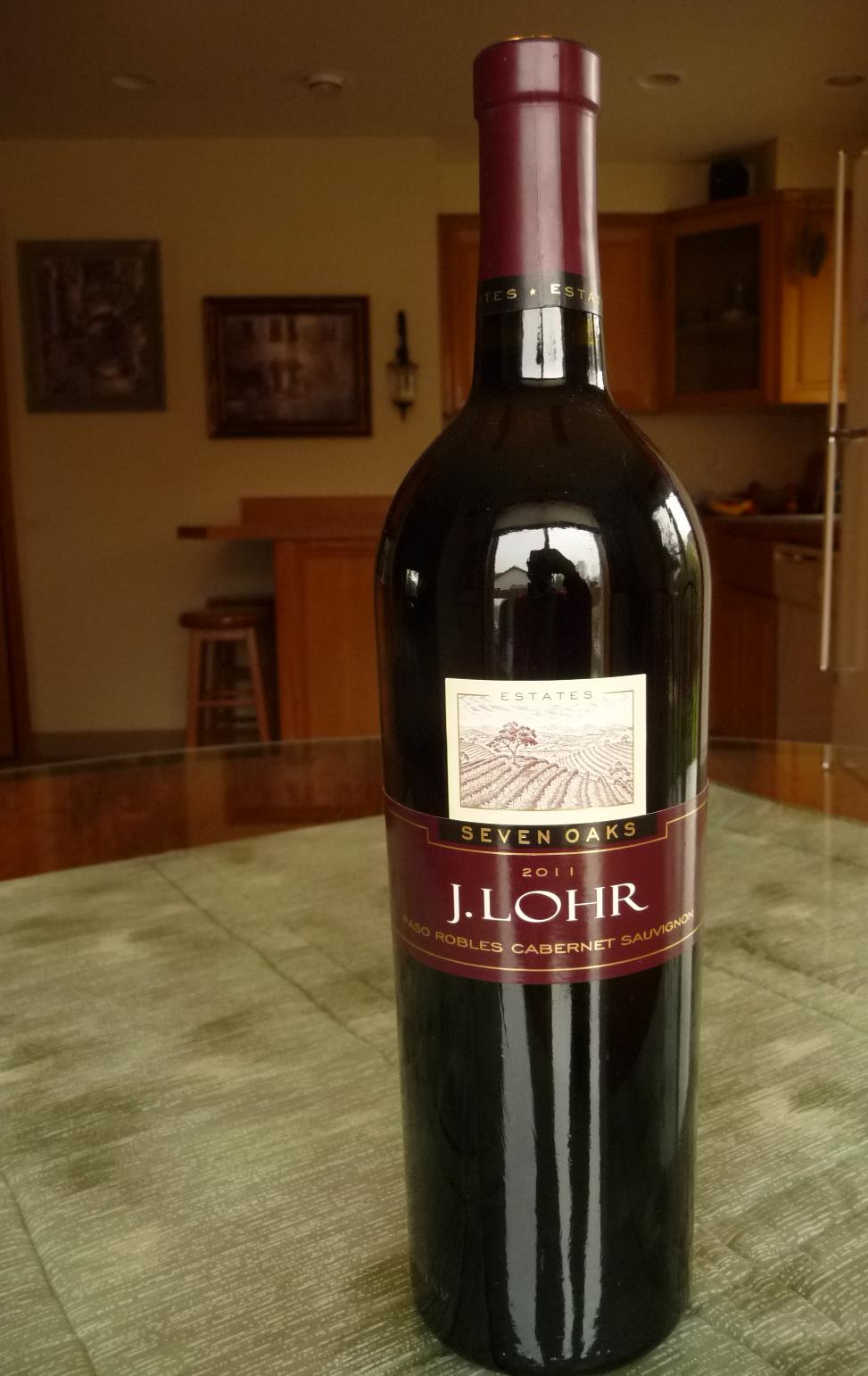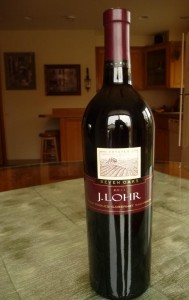2011 J. Lohr Estates Paso Robles Cabernet Sauvignon

When a U.S. wine is labeled with a varietal, that does not necessarily mean it is 100 percent that grape. In fact, it’s quite common to see a wine labeled Tempranillo blended with other grapes and the list goes on.
So much goes into the art of wine making not the least of which is knowing how to blend varietals to create the perfect bottle of Cabernet Sauvignon for a particular price point, food pairing or other goals.
J. Lohr Cabernet Sauvignon is found in many restaurants and is a consistently good pic. As an aside, I recently tried a 2010 J. Lohr Estates Wildflower Valdiguié in part because I really like J. Lohr and because the price point of $11.00 left me curious.
The Valdiguié was a bit too light for me with flavors of pomegranate and raspberry but, for $11 a bottle, you might want to seek it out. It also contradicts my first paragraph. This wine is made with 100 percent Valdiguié grapes grown in Monterey County. I’ve never heard of this grape but, according to J. Lohr’s website, it’s found in southwestern France.
Back to my observation of J. Lohr’s Cabernet Sauvignon. It’s blended with just enough Merlot, Petite Sirah, Petit Verdot and Syrah to round it out. I particularly like pepper and vanilla on the nose of wine. It’s just me and what I’ve grown to like. Obviously, no pepper in a Cabernet Sauvignon but the vanilla is very much alive in this wine as well as cherry and dark plum.
Due to the fact that Cabernet Sauvignon pairs well with meats containing some fat, the Baja fish tacos made with salmon that our friends served us last night complimented this wine well. I just passed on the lime and piled on the avocado. Other options depend on personal preference. Think ‘fat’. I’d stay away from turkey and go with duck over chicken, if I ate those meats.

